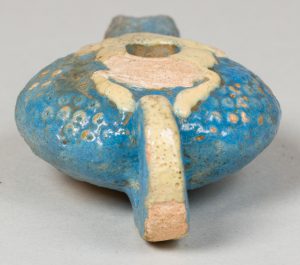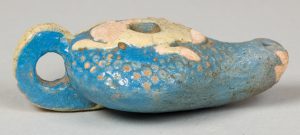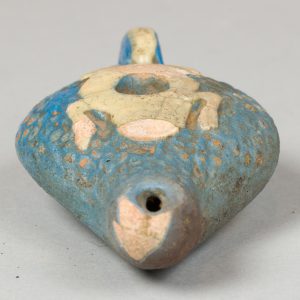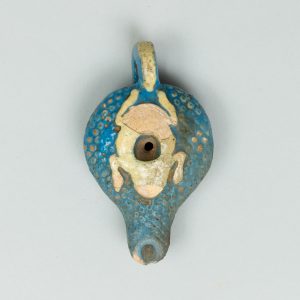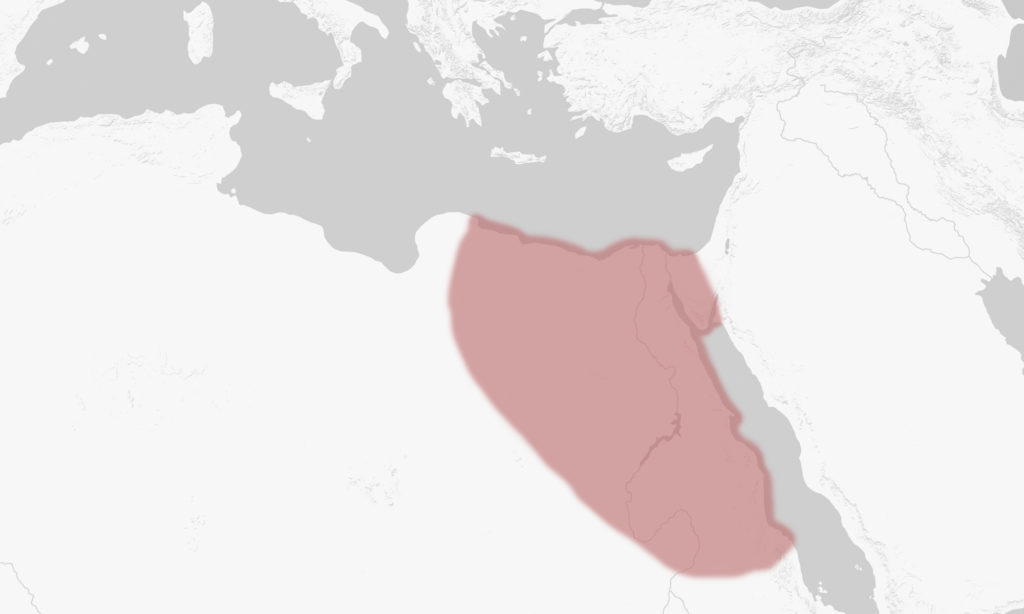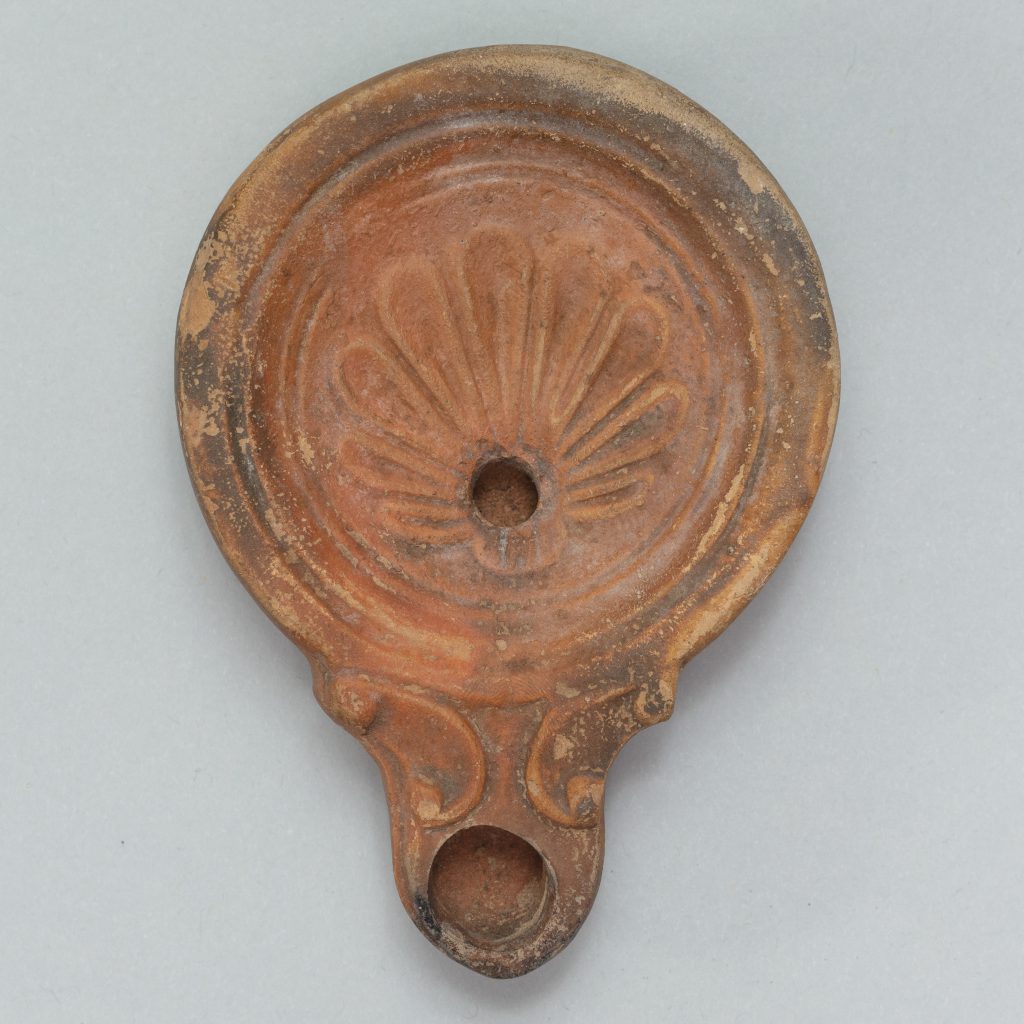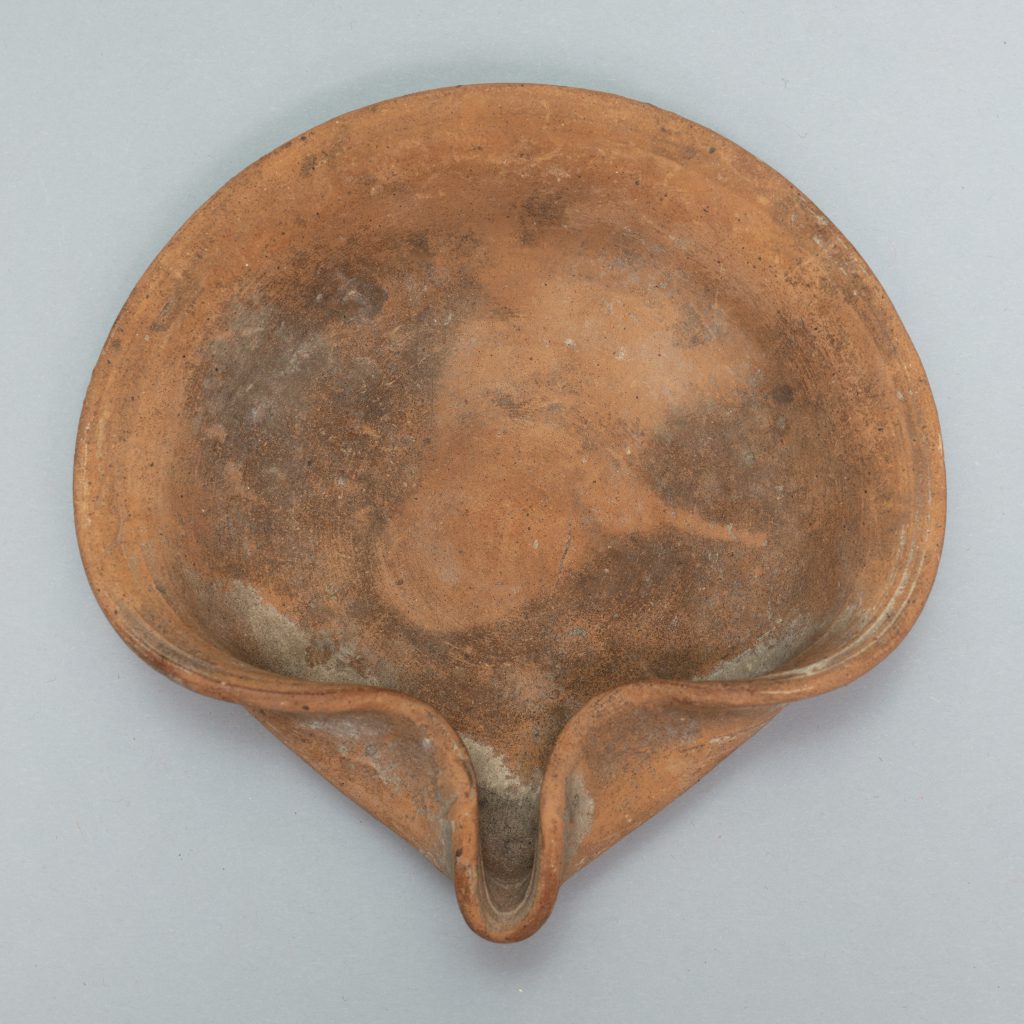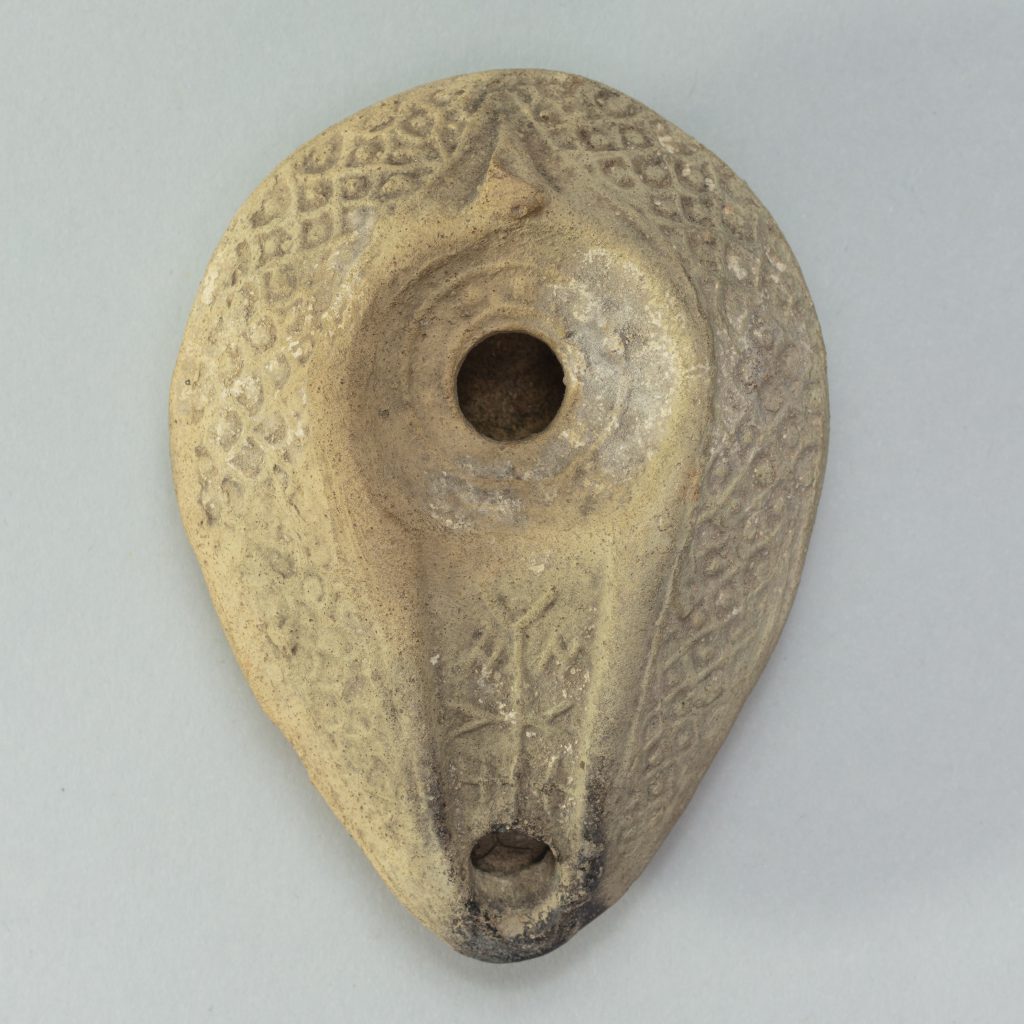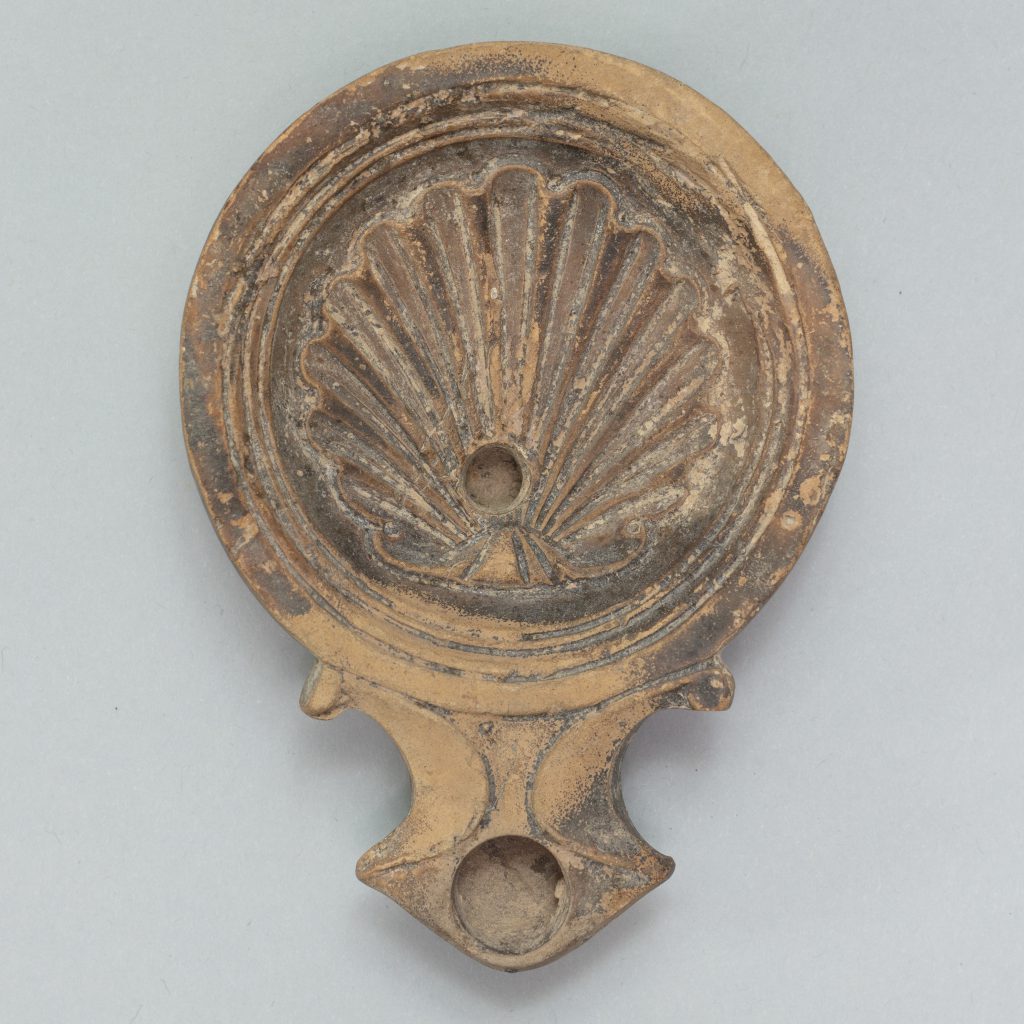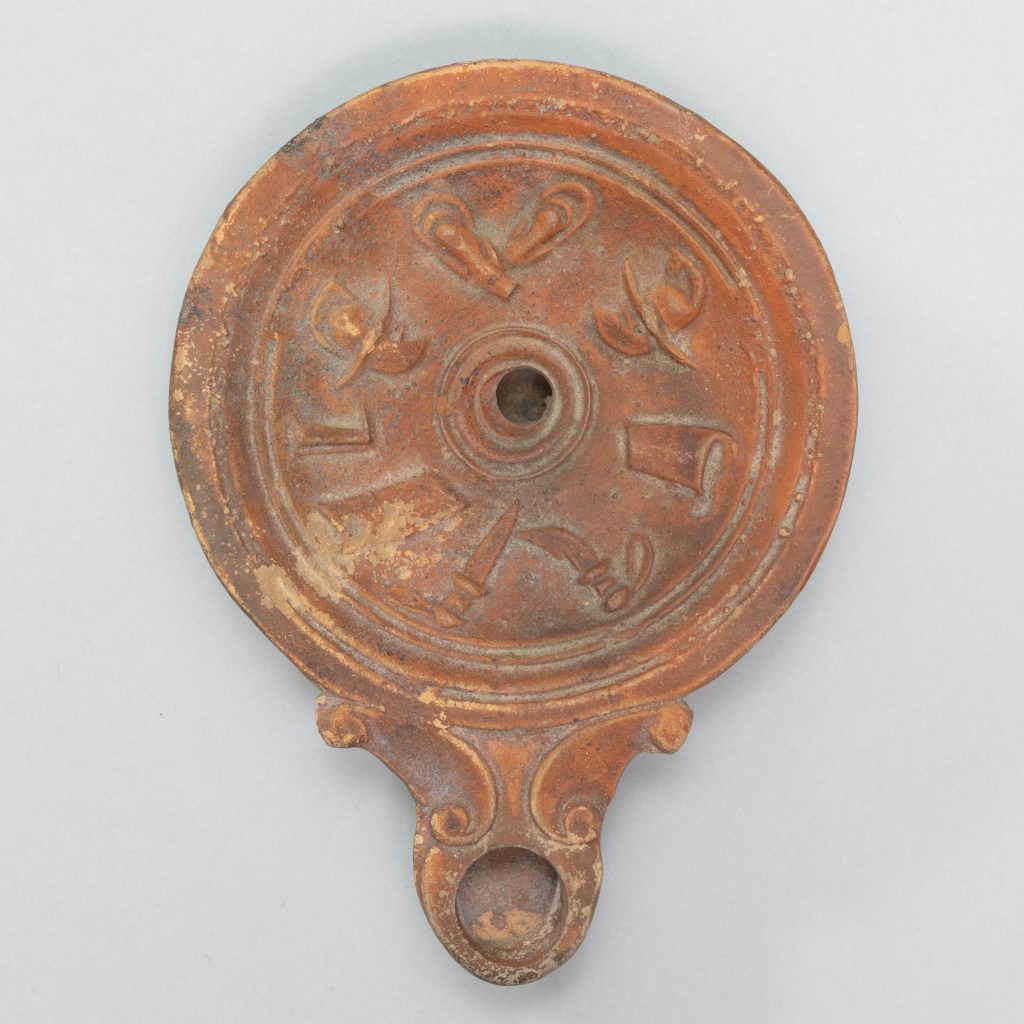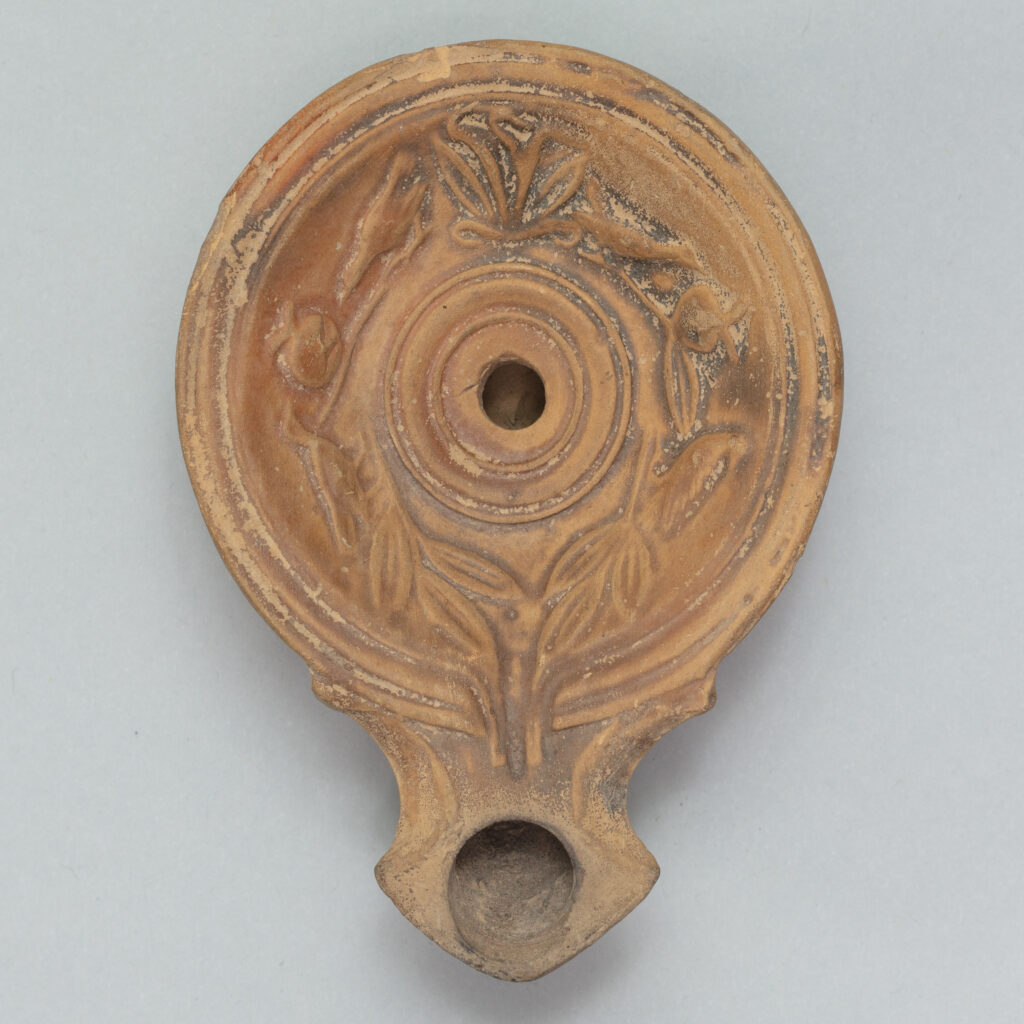

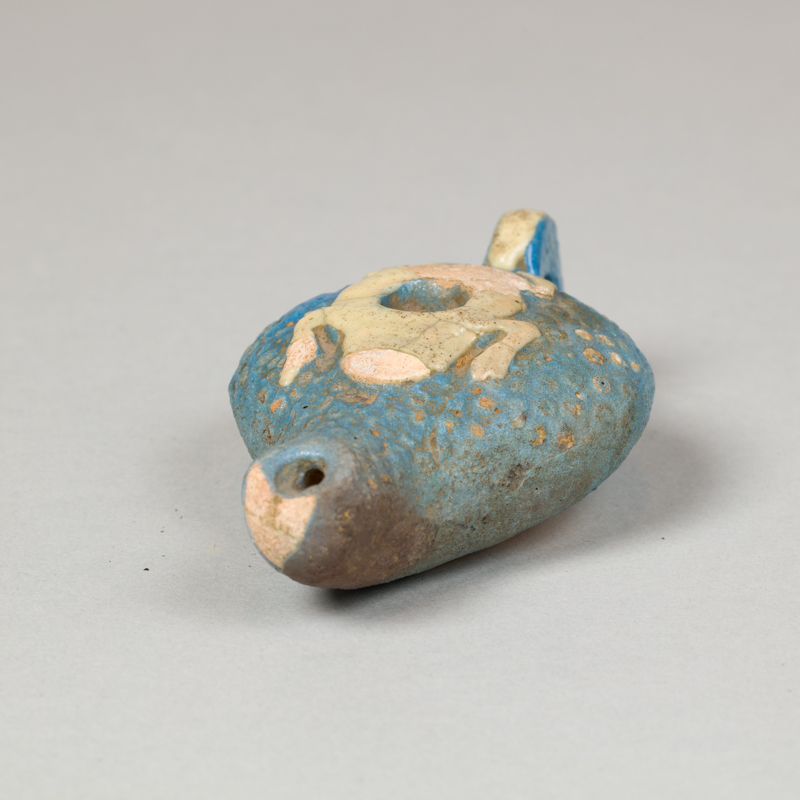
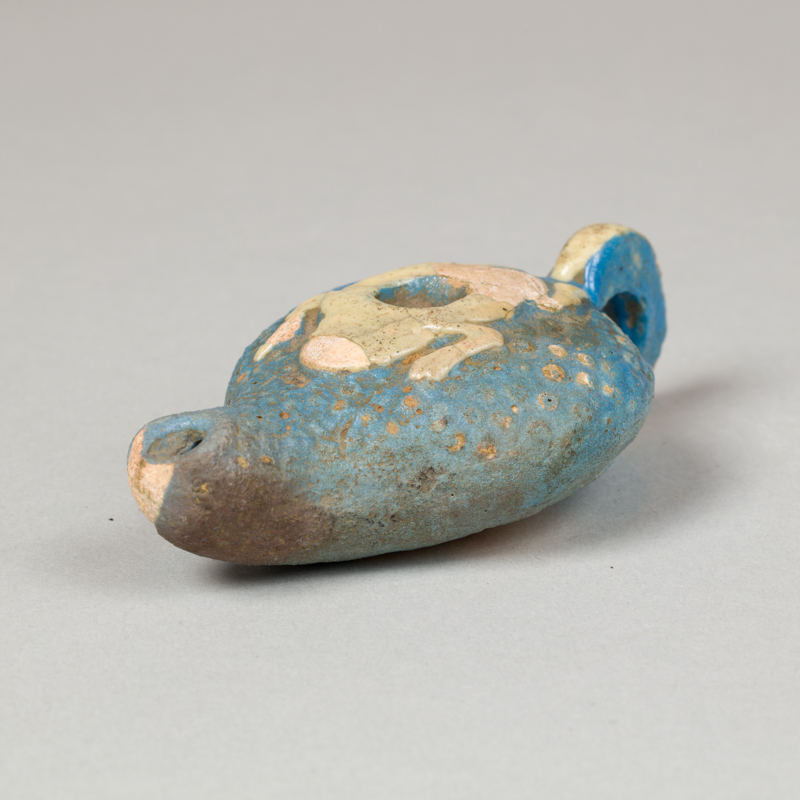
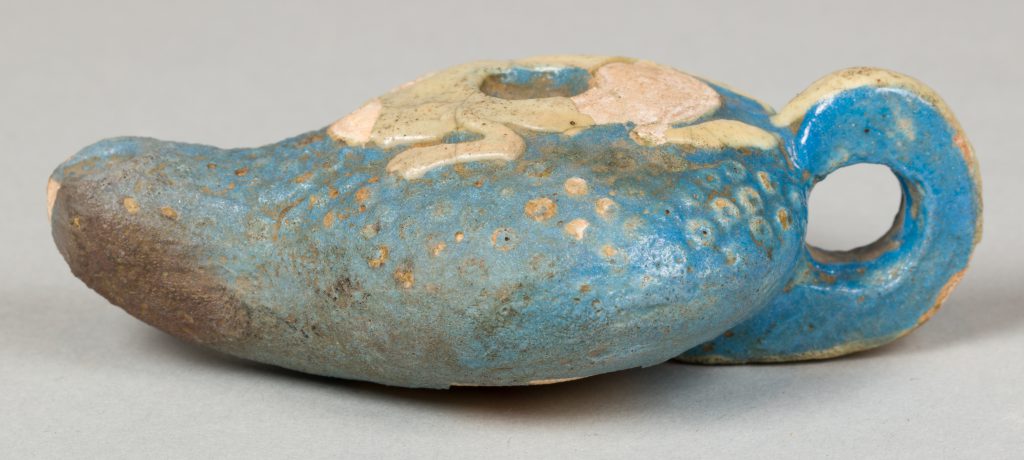

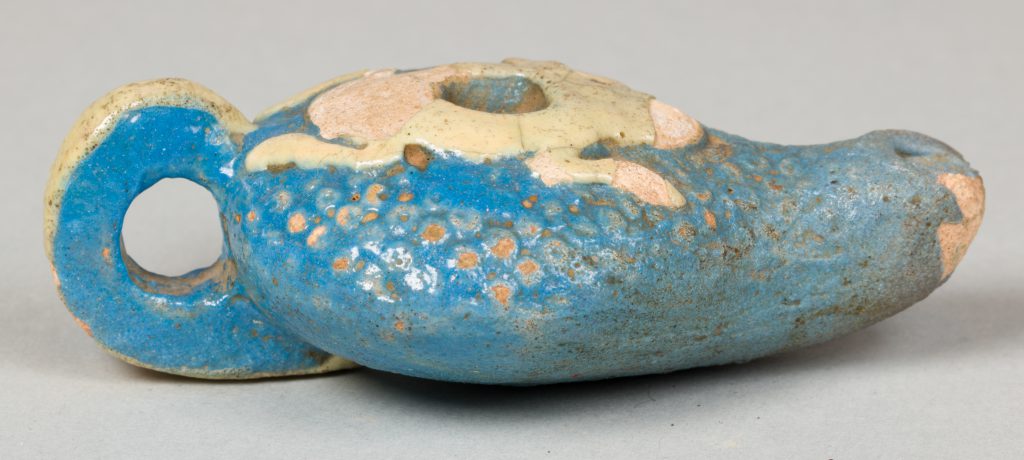
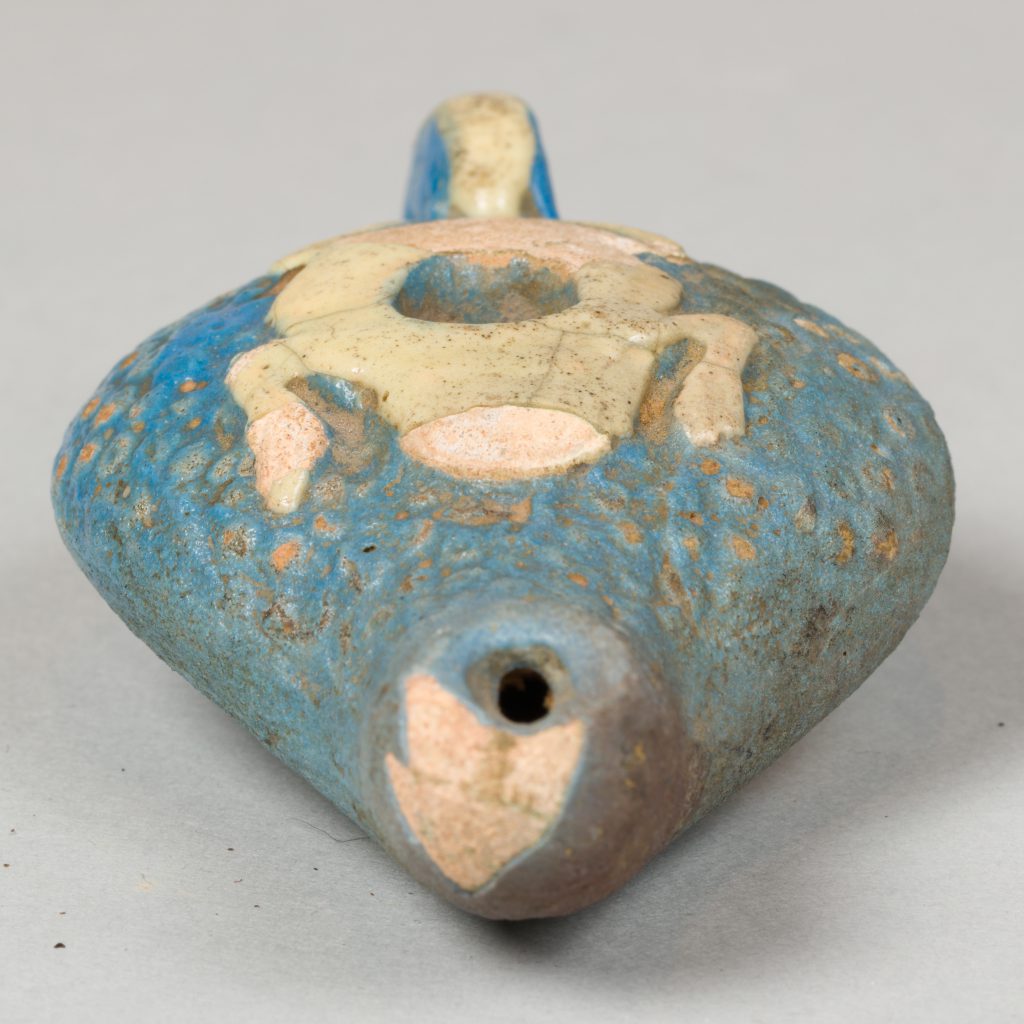
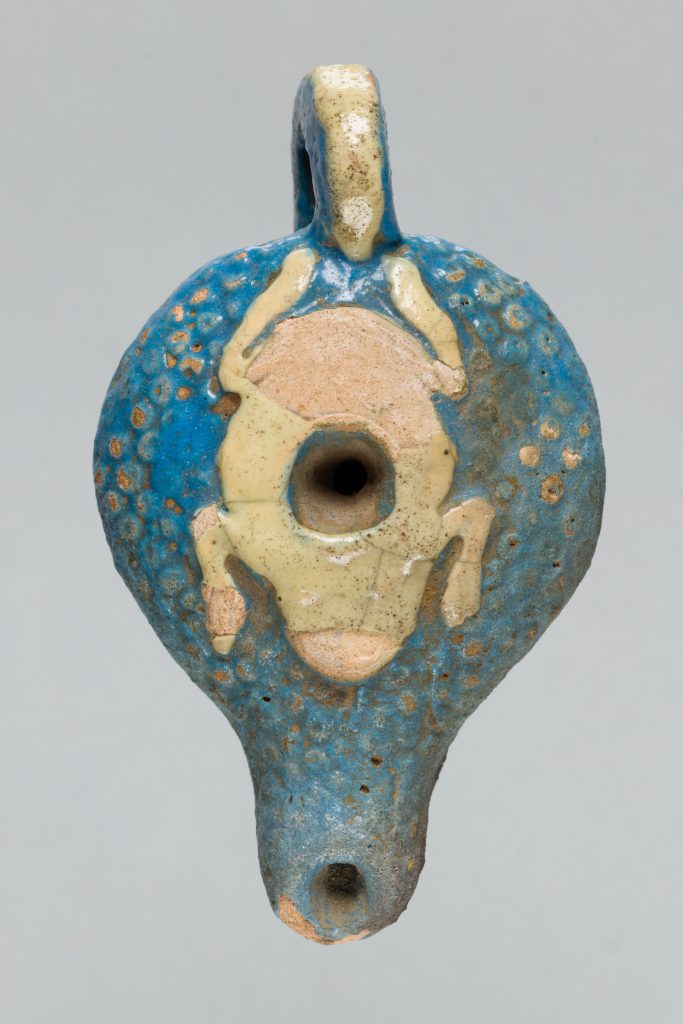
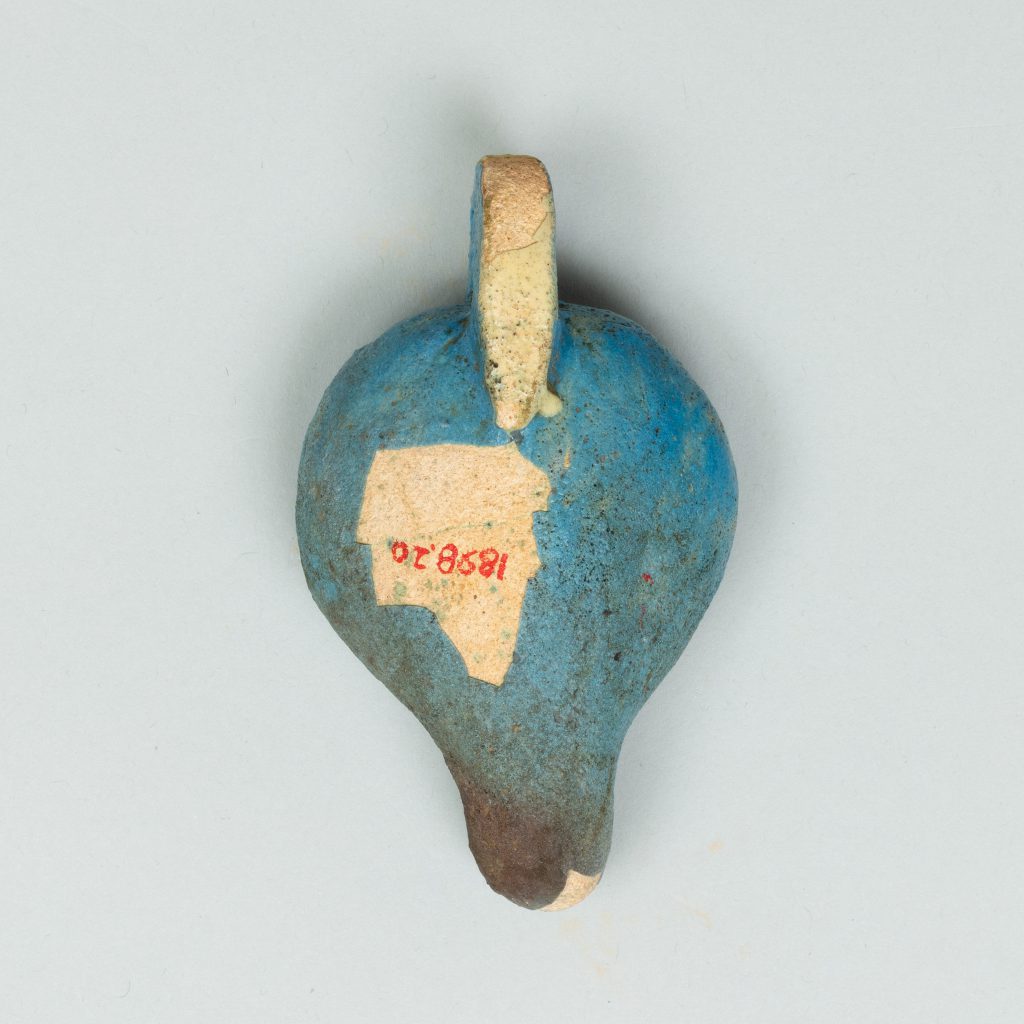
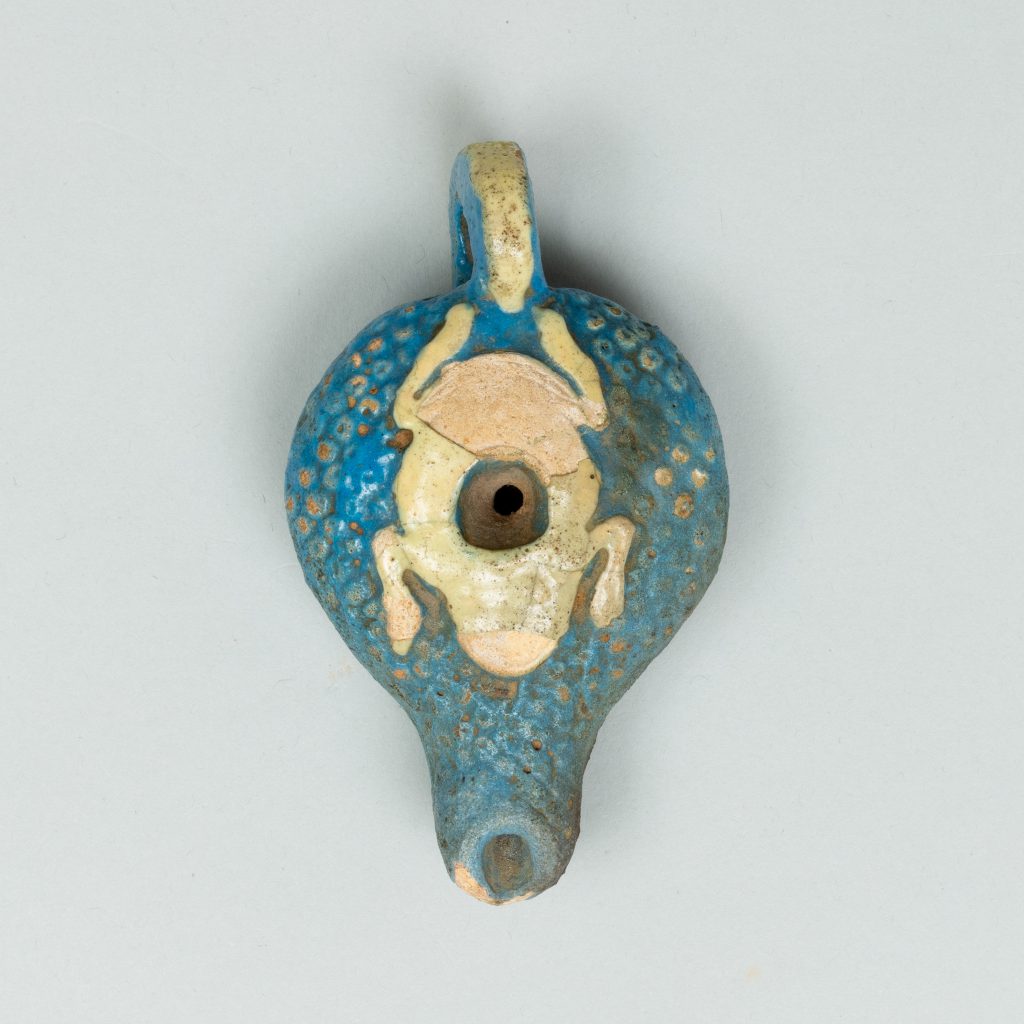
Gift of George Warren Hammond, Honorary Degree 1900, and Mrs. Hammond
1898.20Heqet, represented as a frog, was an ancient Egyptian goddess of fertility associated with the last stages of the flooding of the Nile, and likewise with the germination of corn. The Egyptians also associated Heqet and the frog with resurrection, a connection that continued among the early Christians in Egypt. While the frog was a popular decoration on lamps of Hellenistic Egypt, comparable faience examples like this one have not been found, which suggests the possibility that this lamp is a modern forgery created for the burgeoning tourist market in Egypt in the nineteenth century. Faience objects, from tomb figurines to ornaments, were popular among tourists as readily available and relatively cheap souvenirs.
Before 1898, Hammond Collection, said to be from Thebes; 1898, acquired by the Bowdoin College Museum of Art, gift of George Warren Hammond and Ellen Sarah Sophia Hammond
Collector
In 1897, Hammond became the first donor to expand the ancient collections since the Walker sisters, with his donation of over one hundred objects including Egyptian, Greek, Roman, and Byzantine objects such as lamps, figurines, funerary artifacts, coins, and glass.


